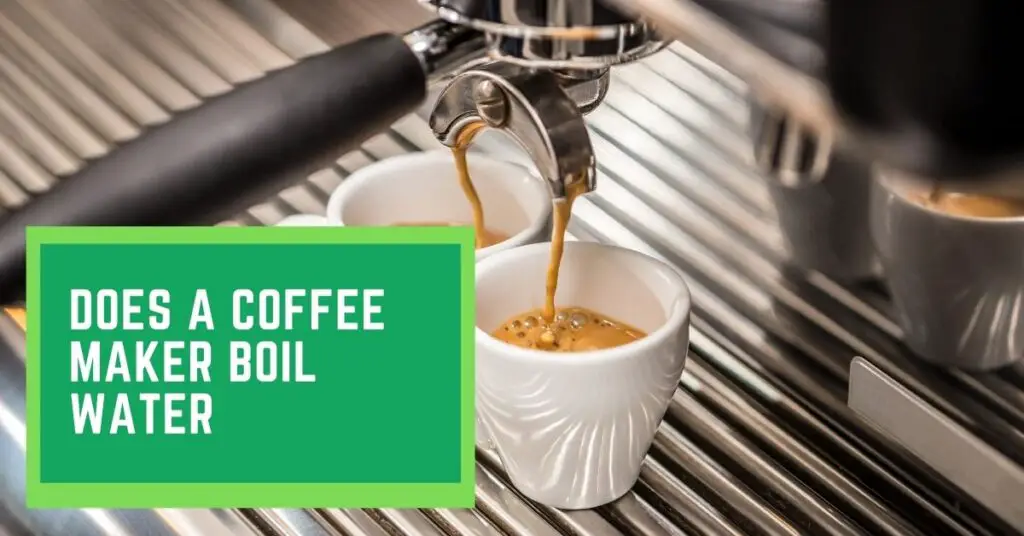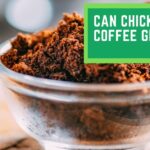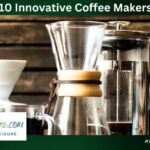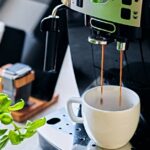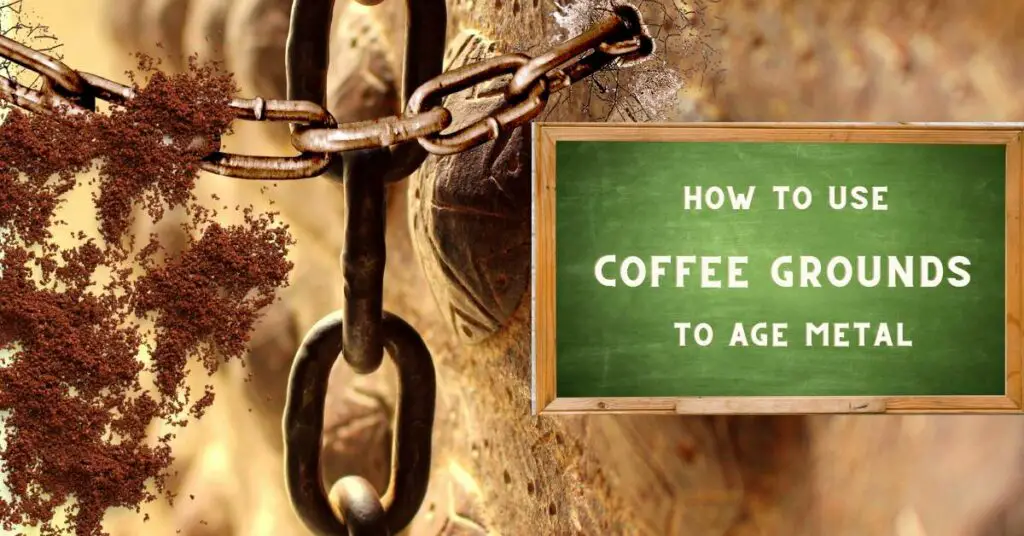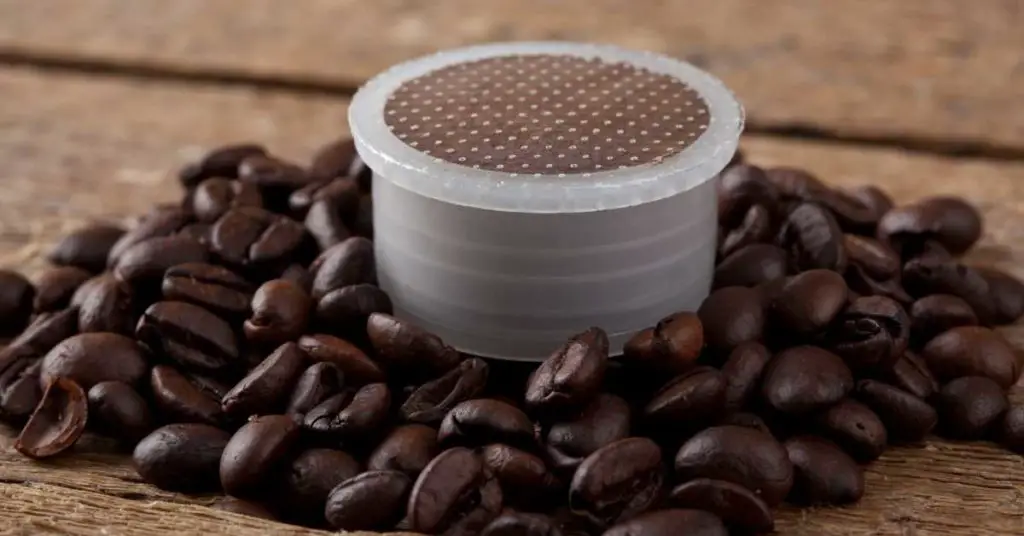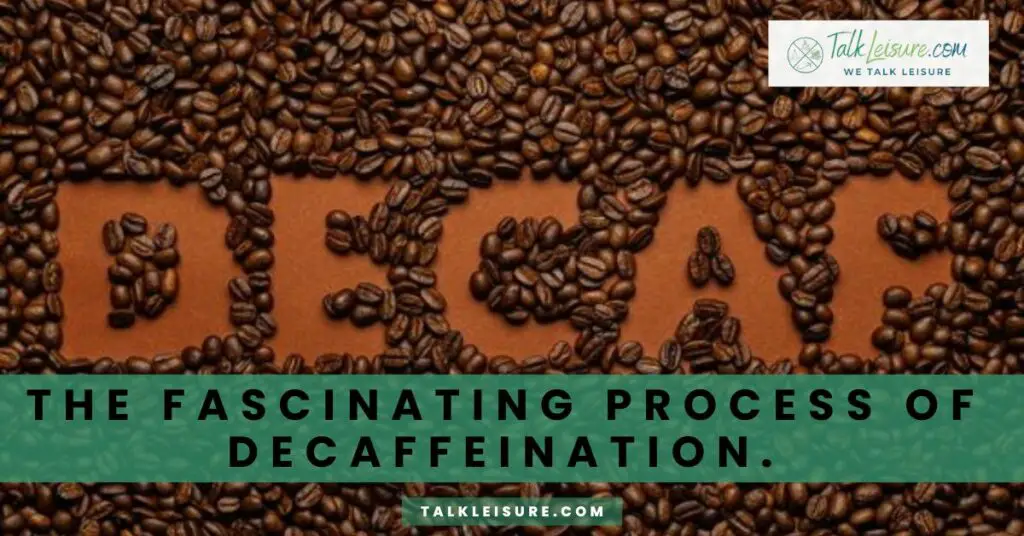Water is a necessary ingredient in coffee, so it stands to reason that your coffee maker must boil water in order to make a decent cup of joe. But does it? The answer may surprise you.
It turns out that not all coffee makers actually boil water. Some heat it to a hot enough temperature to extract the flavour from the coffee grounds but not hot enough to reach the boiling point.
This means that if you are looking for a truly great cup of coffee, you might want to invest in a machine that actually boils the water. However, if you are satisfied with a good cup of coffee, then a machine that merely heats the water will suffice.
In conclusion, most coffee makers work by heating water to brewing temperature. It stands to reason that many people believe that their coffee maker boils water. So, this is not actually the case. While coffee makers do use heat to bring water to brewing temperature, they do not actually boil the water.
In the end, it all comes down to personal preference.
Some coffee drinkers prefer the taste of coffee made with water that has been boiled, while others are perfectly happy with the coffee made using water that has merely been heated. There is no right or wrong, so choose the method that you think will produce the best cup of coffee for you.
Boiling Water
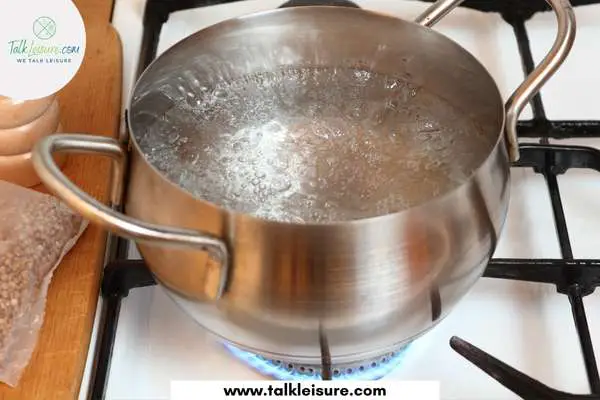
Water boils at 100 degrees Celsius (212 degrees Fahrenheit). When the water reaches this temperature, it changes from a liquid to a gas (water vapour).
The boiling point of water varies depending on the atmospheric pressure. For example, at sea level, the boiling point of water is 100 degrees Celsius (212 degrees Fahrenheit), but at an altitude of 3,000 meters (9,842 feet), the boiling point of water is only 94 degrees Celsius (201 degrees Fahrenheit).
Boiling water is a common way to kill bacteria and other contaminants. That’s why it’s important to boil water before drinking it, cooking with it, or using it for personal hygiene.
Boiling water is also a great way to make it safe for consumption. If you’re ever unsure about the quality of water, boiling it is the best way to make sure it’s clean and safe to drink.
There are a few things to keep in mind when boiling water:
– Make sure the pot you’re using is clean. A dirty pot can contaminate the water.
– Bring the water to a rolling boil. A rolling boil is when the water is boiling so rapidly that it’s bubbling vigorously.
– Let the water boil for at least 1 minute. This will ensure that any bacteria or contaminants are killed.
– Allow the water to cool before drinking it. Boiling water can scald, so be careful not to burn yourself.
Boiling water is a simple and effective way to make sure it’s safe to consume. You can ensure that the water you’re drinking is clean and bacteria-free by following these tips.
Water Temperature of a Standard Coffee Maker
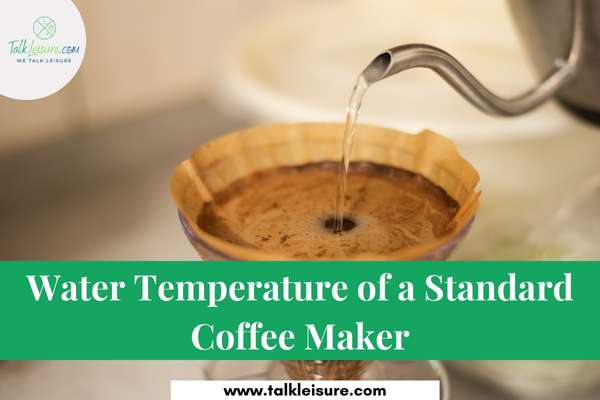
In most coffee makers, water is heated to brewing temperatures of 195-205°F (91-96°C). Some models have settings for brewing at lower temperatures, while others do not.
The water temperature will affect the extraction of flavours from the coffee grounds. If the water is too cold, the coffee will be under-extracted and taste sour.
If the water is too hot, the coffee will be over-extracted and taste bitter. The ideal brewing temperature is between 195-205°F (91-96°C). Most coffee makers do not have a way to adjust the water temperature, so choosing a model brews at this temperature range is important.
When brewing coffee, it is important to use fresh, cold water. If the water is too hot, it will over-extract the coffee and make it taste bitter.
The ideal brewing temperature is between 195-205°F (91-96°C). Most coffee makers do not have a way to adjust the water temperature, so choosing a model brews at this temperature range is important.
It is also important to use the correct grind size for your coffee maker. If the grind is too fine, the water will not be able to extract all of the flavours from the coffee, and it will taste weak.
If the grind is too coarse, the water will extract too much flavour from the coffee and taste bitter. The best way to determine the correct grind size is to experiment with different settings until you find one that produces the desired results.
In conclusion, water temperature and grind size are two important factors that affect the taste of coffee. Most coffee makers do not have a way to adjust these factors, so choosing a model brews at the ideal temperature and has the correct grind size is important. You can ensure that your coffee tastes its best by following these tips.
Other Reason for Coffee Maker doesn’t Boil Water
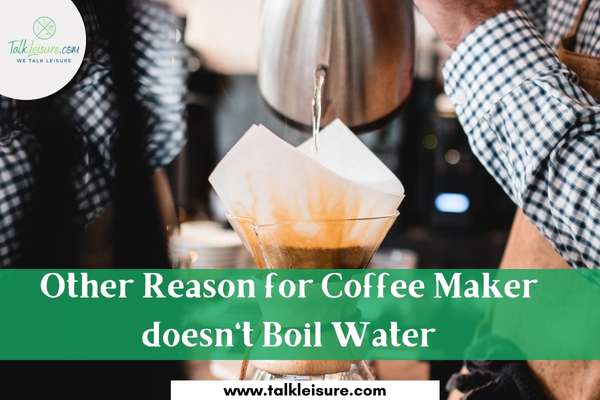
As we all know, coffee makers are designed to brew coffee by boiling water and passing it through ground coffee beans. However, sometimes our coffee maker doesn’t seem to bring the water to a boiling temperature, which can result in weaker or less flavorful coffee. So what’s the reason for this?
There are actually a few possible reasons why your coffee maker isn’t reaching the boiling point. One possibility is that the heating element in your coffee maker isn’t working correctly. You’ll likely need to get your coffee maker serviced or replaced if this is the case.
Another possibility is that the water you’re using to fill your coffee maker is too cold. This can happen if you use tap water that’s been sitting in your fridge for a while. Fill a kettle with fresh, cold water and use that to fill your coffee maker instead.
It’s also possible that your coffee maker isn’t designed to reach the boiling point. Some lower-end coffee makers don’t get as hot as others, so they may not be able to brew coffee that’s as strong or flavorful. If this is the case, you might want to consider upgrading to a higher-end model.
No matter what the reason is, there are a few things you can do to try and fix the problem. First, make sure that your coffee maker is plugged in correctly and turned on the power switch. Next, check the water level in the reservoir and make sure that it’s full.
If those things don’t work, you might need to describe your coffee maker. Descaling is a process of removing mineral deposits from the inside of your coffee maker, and it can help improve performance. You can buy descaling solutions at most home improvement or kitchen stores.
Finally, if all else fails, you can always try brewing your coffee with hot water from a kettle instead of using your coffee maker. This won’t work for everyone, but it’s worth a try if you’re desperate for a good cup of coffee.
Internal Function of a Coffee Maker
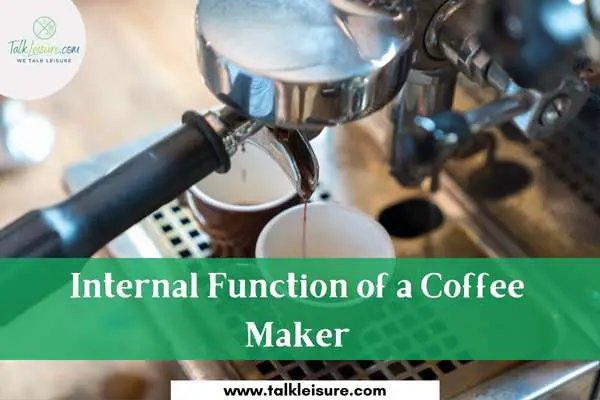
When it comes to coffee makers, there is a lot of talk about the external features and how they impact the taste of the coffee.
However, one important aspect is often overlooked – the internal function of the coffee maker. In this article, we will take a closer look at what goes on inside a coffee maker and how it affects the quality of your coffee.
The first thing to note is that all coffee makers have an internal heating element. This is what heats up the water and ultimately brews your coffee. The size and power of the heating element will vary from model to model, but it is an essential part of the coffee making process.
Next, all coffee makers have a filter basket. This is where the coffee grounds are placed and where the water will filter through. The size of the filter basket will also vary from model to model, but it is important to make sure that it is large enough to hold all of the coffee grounds that you plan on using.
Finally, all coffee makers have a carafe or mug. This is where the brewed coffee will be collected and served. The size of the carafe or mug will again vary from model to model, so make sure to choose one that is appropriate for your needs.
Now that we have looked at the three essential parts of a coffee maker, let’s look at how they work together to brew your coffee. First, the heating element heats up the water. Next, the water filters through the coffee grounds in the filter basket. Finally, the brewed coffee is collected in the carafe or mug.
As you can see, the internal function of a coffee maker is actually quite simple. However, this simplicity allows coffee makers to produce such great-tasting coffee.
So, the next time you are shopping for a coffee maker, be sure to keep the internal function in mind. It just might be the most important factor in making a great cup of coffee.
Choosing a Coffee Maker for your Needs
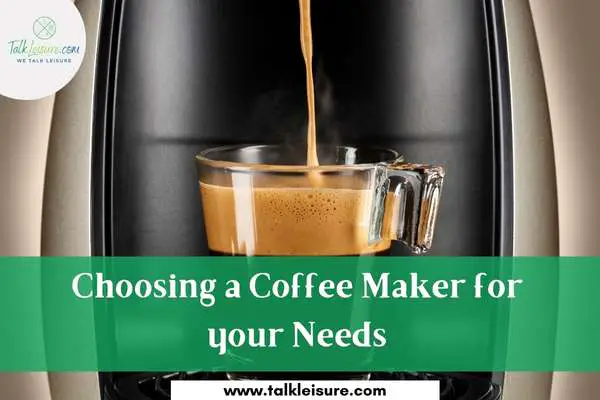
When it comes to choosing a best coffee maker, there are many factors that you need to take into account in order to find the best one for your specific needs.
The type of coffee maker you choose will greatly depend on how much coffee you drink daily, what kind of coffee you like, and how much money you are willing to spend.
If you only drink one or two cups of coffee per day, a single serve coffee maker would be a great option.
These types of coffee makers brew one cup at a time, so you don’t have to worry about making too much coffee and wasting it. Single-serve coffee makers also come in a variety of different price ranges, so you can find one that fits your budget.
If you drink more than a couple of cups of coffee per day, then a drip coffee maker would be better. Drip coffee makers can brew multiple cups at once, so you can make enough coffee for the whole family. However, drip coffee makers are typically more expensive than single serve coffee makers.
If you like to experiment with different types of coffee, then a French press coffee maker would be a great option for you.
French press coffee makers allow you to make a variety of different types of coffee, including espresso and cappuccino. However, French press coffee makers can be more difficult to use than other types of coffee makers.
No matter what type of coffee maker you choose, make sure that you take the time to find one that fits your specific needs. Coffee makers come in a variety of different sizes, so you need to make sure that you choose one large enough to brew the amount of coffee you drink on a daily basis.
You also need to make sure that you choose a coffee maker that is easy to use so that you don’t have to waste time trying to figure out how to use it.
Finally, make sure that you choose a coffee maker that is within your budget. Coffee makers can range in price from a few hundred dollars to several thousand dollars. If you want to save money, you should look for a coffee maker priced under $200.
However, if you are willing to spend more money, then you can find coffee makers that cost several thousand dollars. No matter how much money you are willing to spend, you should be able to find a coffee maker that meets your specific needs.
Visual Explanations
- Brew your coffee with boiling water:
- How do coffee machine works:
Related Matters
01. Can you use a coffee maker as a kettle?
Yes, you can use a coffee maker as a kettle. Most coffee makers come with a water reservoir that you can fill with water and then use to brew coffee. The same principle applies when using the coffee maker as a kettle – fill the reservoir with water and heat it up until it boils. Just be sure to watch the pot carefully so that it doesn’t boil over or spill.
02. How long can I leave coffee in a coffee maker?
If you’re wondering how long you can leave coffee in a coffee maker, the answer is generally about 30 minutes. After that point, the coffee will start to become bitter and potentially burn.
Obviously, this will vary depending on factors like the type of coffee maker being used and how hot the water is kept, so it’s always best to err on the side of caution.
If you do end up leaving your coffee for more than 30 minutes, there are a few things you can do to try and salvage it. First, try adding more water to help dilute the bitterness. You can also add milk or cream, which may help mask some of the bitterness. If all else fails, you can always make a new pot of coffee.
03. Should I use hot or cold water in my coffee maker?
While there isn’t a ton of scientific evidence to support one over the other, there are some pros and cons to using hot vs cold water in your coffee maker.
Hot water is going to brew faster because it’s already at a higher temperature, but this also means that it’s more likely to extract bitter flavours from the grounds.
If you like a Strong Cup of Coffee with lots of flavours, then hot water is probably the way to go. Just keep in mind that it might taste a little harsher than coffee brewed with cooler water.
On the other hand, coldwater will take longer to brew but generally produces a smoother cup of coffee. Because the grounds have more time to produce flavours while brewing, cold water is often used for more delicate coffees like light roasts. If you prefer a milder cup of coffee, then use cold water.
04. Does a coffee maker get hot enough to kill bacteria?
Yes. All coffee makers get hot enough to kill bacteria. However, not all coffee makers are created equal in terms of their ability to destroy bacteria. Some coffee makers have features that are better at killing bacteria than others.
So, it is important to choose a coffee maker that has been designed specifically for killing bacteria. Otherwise, you may be putting yourself and your loved ones at risk for food poisoning.
05. Can you use a coffee maker as a kettle?
Yes, you can use a coffee maker as a kettle. The two appliances have very similar functions–they both heat water to boiling point so that you can then pour it over coffee grounds or tea leaves to brew a hot drink.
The main difference between coffee makers and kettles is size. Coffee makers are typically larger than kettles, so if you’re looking for an appliance that will take up minimal counter space, a kettle is better.
However, if you have plenty of room on your countertop and are looking for an appliance that can do double duty, a coffee maker is good. Just be sure to find one with a removable water reservoir so that you can easily fill it with water.
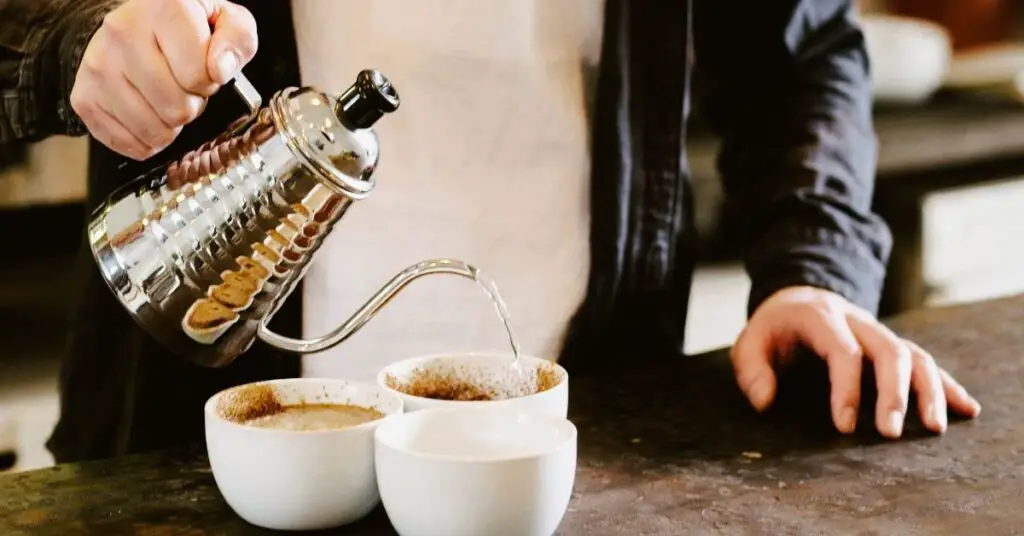
Related Posts: 6 Reasons Why Specialty Coffee Is Worth the Extra Cost

